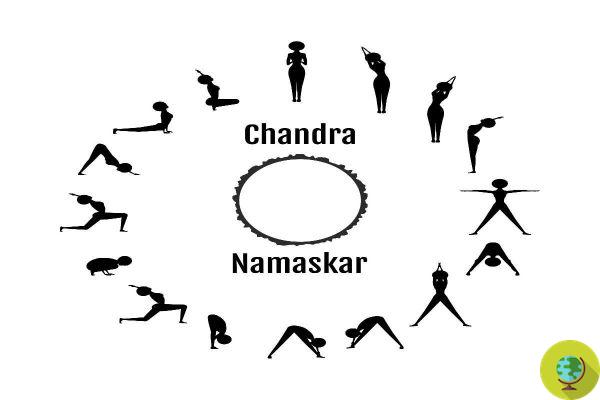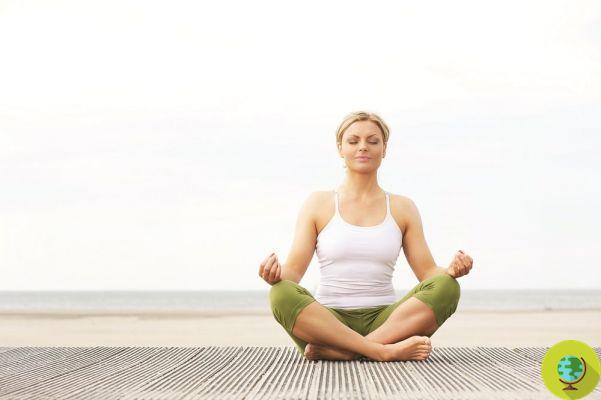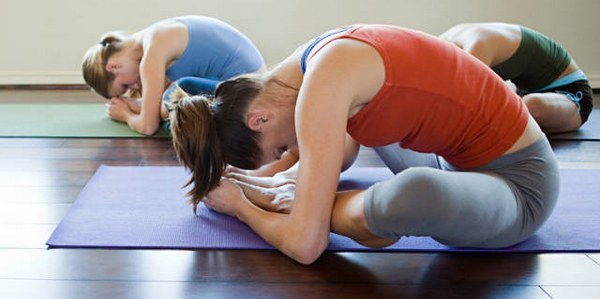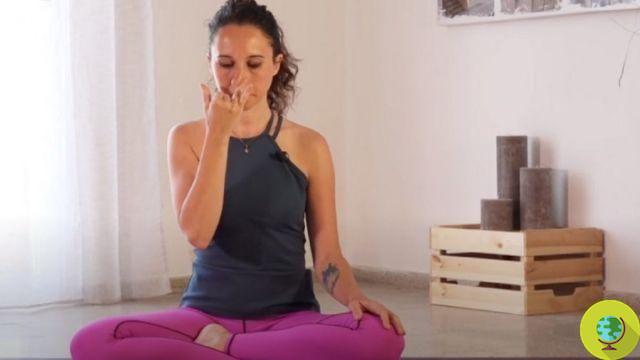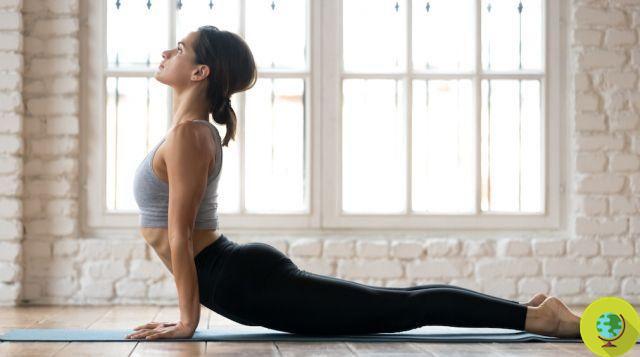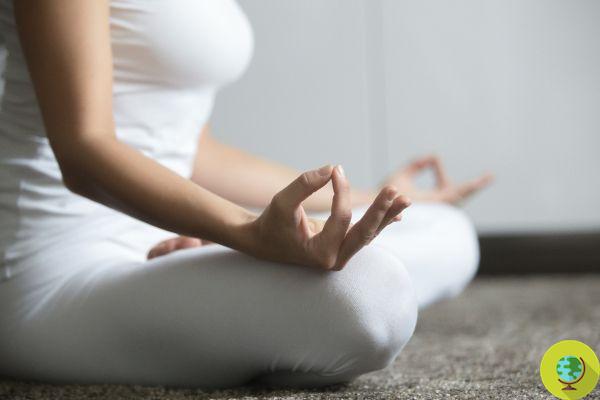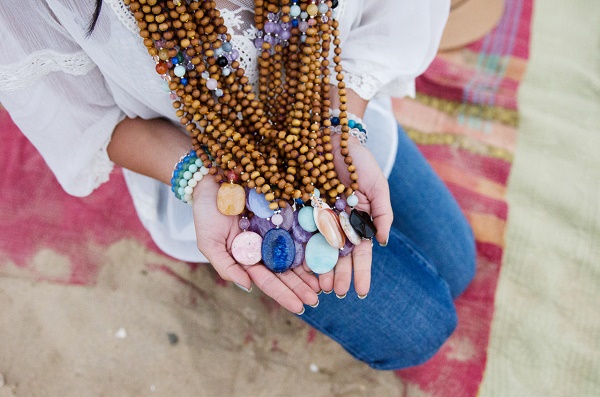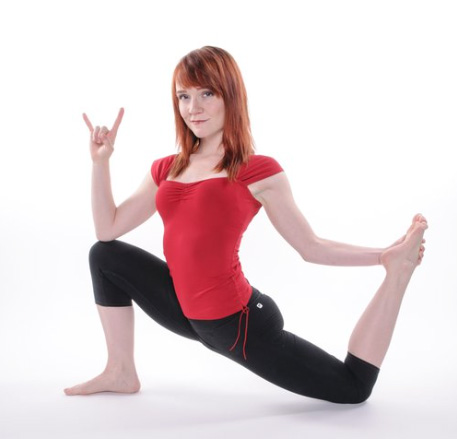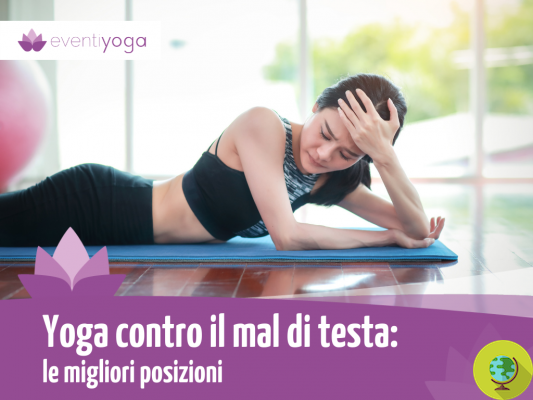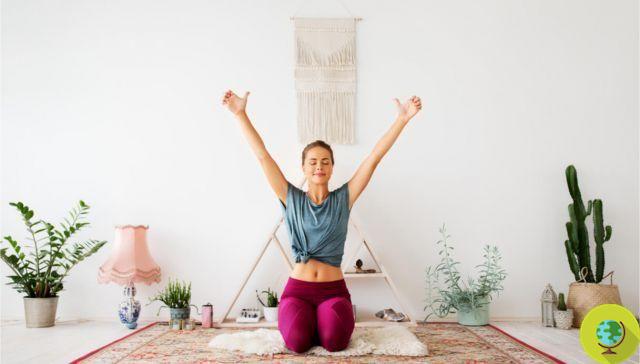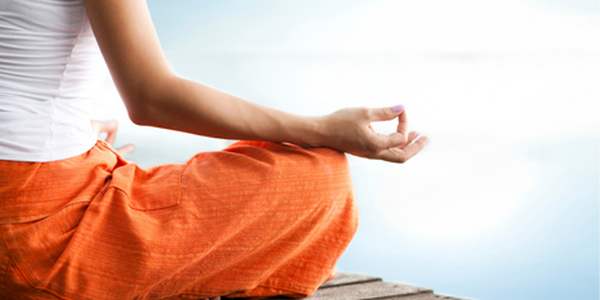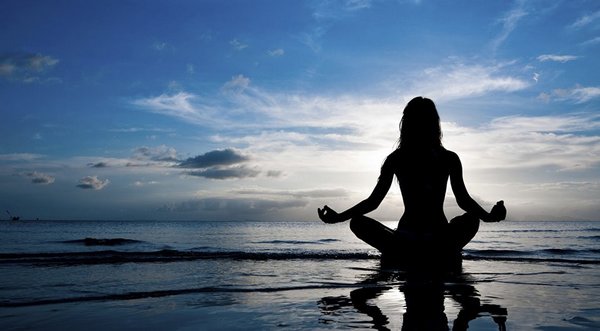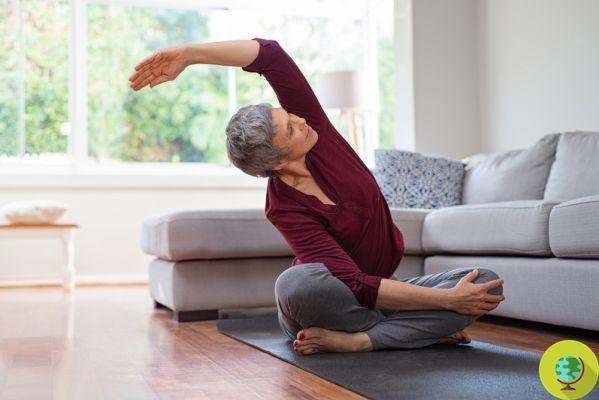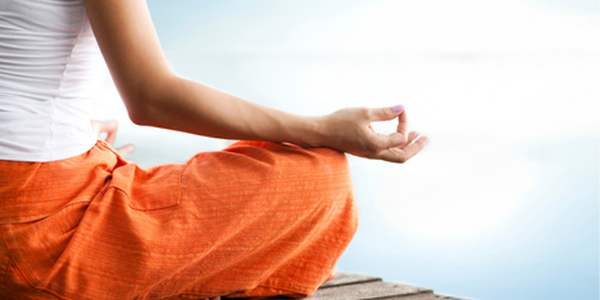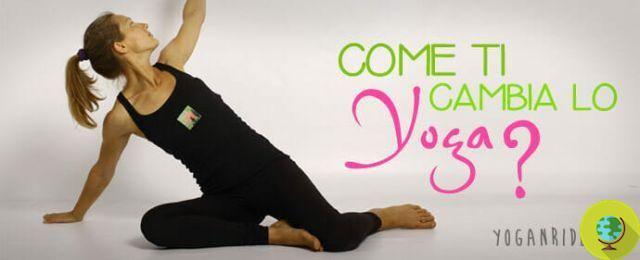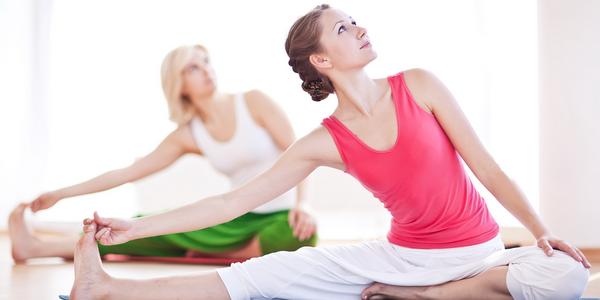Meditating brings undisputed benefits to our psychophysical health; some tips for practicing it without a standardized method. There is no doubt that meditating is good: it opens the mind, makes emotions fluid and harmonious, helps to stay in the here and now; constant practice reshapes our brain circuits. All this translates into overall well-being, greater physical health and a new capacity and inner strength in facing each day.
Whether you want to understand it as a sort of relaxing-anti-wear-out pill (sigh!) Or as a life practice that helps you to center yourself, in connection with the Self and with the Whole, meditation is truly within everyone's reach and it can be "translated" in a thousand different ways: the best known and "dissected" by scientific research are mindfulness, yoga, transcendental meditation, but they are not the only ones.
Above all, you can start alone, outside of a "structured" model (although then, of course, comparing yourself with someone who has practical experience in meditation, in general, if there are any doubts it can help).
Meditation, first steps: the books to read
For example, one way to start meditating is to engage in inspirational readings for the spirit. They don't necessarily have to be challenging texts. For example, you can start with "In the footsteps of the Buddha"of Paul Koppler (Edizioni il Punto d'Incontro), with the preface by Thich Nhat Hanh: this beautiful book offers a series of simple and profound tales of the Dhammapada, the sublime song of truth. In the stories he speaks not only of the most important disciples of the Buddha but also of the events of ordinary men and women who go to the Enlightened One to have teachings: those proposed always combine wisdom with a pinch of humor.
Another compelling starting point are the teachings of Maestro Peter Deunov (available for free online) or the Daily Thoughts of Frame Michaël Aïvanhov.
Meditation within everyone's reach: how to proceed?
In this case it is important to reserve some time, expressly dedicated, so as not to be disturbed by other people or "chores"; and then: take a few deep breaths, to let go of any tensions or thoughts "on the skin" and so be able to really enter the text in front of you. Savoring it slowly. After reading, you can then "feel and feel" how the words just read resonate "inside", what is the teaching, what has been understood and how one can then bring all this into one's life, also imagining concrete situations of application.

Another simple and affordable way to meditate is in the midst of nature, watching a sunset or a landscape, listening to the song of birds moving among the branches of trees, observing flowers or dead branches that have fallen to the ground. Also in this case, two things are important: take the time to "stay", to immerse yourself in what you see, what is around, what you hear and breathe, pay attention to your breath, which is not held but fluid . Finally, listen to your heart: notice if it is contracted, resistant, or open (without judging good or bad, positive or negative). If there is tension, bring your breath, consciously, into that tension. So let yourself be “contaminated” by the beauty of life in all its forms, breathe; listen to those thoughts or jolts that rise from the heart, that arrive - suddenly - in the mind. And thank yourself and your surroundings for that gift.

The truth, however, is that you can meditate in (almost) any situation: whether you are eating or washing dishes, standing in the station waiting for the train or sitting comfortably on the sofa, it doesn't matter. The point is: being able to be totally present in what you do, with your body and mind. It is not really trivial but it can be translated like this: fluid breathing, being aware of one's body (for example: of the movements it is making of the points of contact of the feet with the ground, of the weight of the sweater sleeve on the wrist), without judging but still trying to dissolve - through the breath - any perceived tensions; without the mind wandering elsewhere, in other thoughts, in other situations.
Read also: MEDITATION: WHAT HAPPENS TO THE BODY AND MIND BY PRACTICING IT 10 MINUTES A DAY
To conclude: meditation is a practice; the more you "frequent" it (not so much for the time dedicated but above all for the regularity with which you do it) the more you become familiar with its language and all its possible nuances. Like any practice, in itself it is "neutral": beyond the undisputed benefits on the body and emotions, it can bring us closer to our authentic self, nourish our spirit, help us to live with more awareness and with an attitude of openness and benevolence in the world or it can make us stronger in the ego, determined and confident in our acting only for our goals, even predators. It just depends on us.




